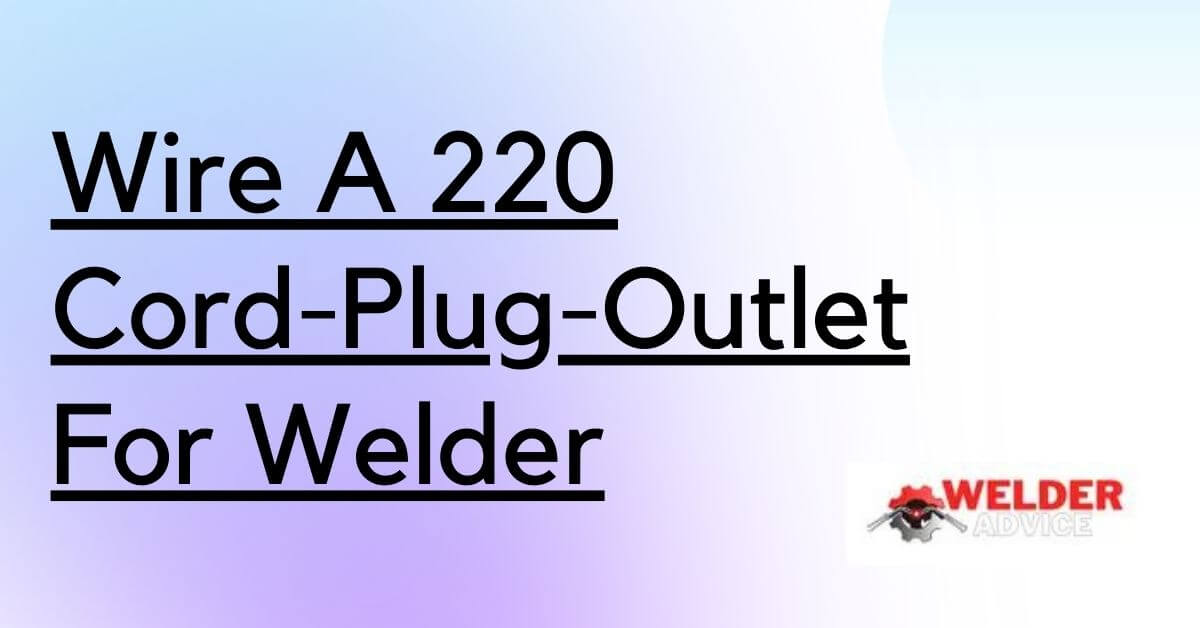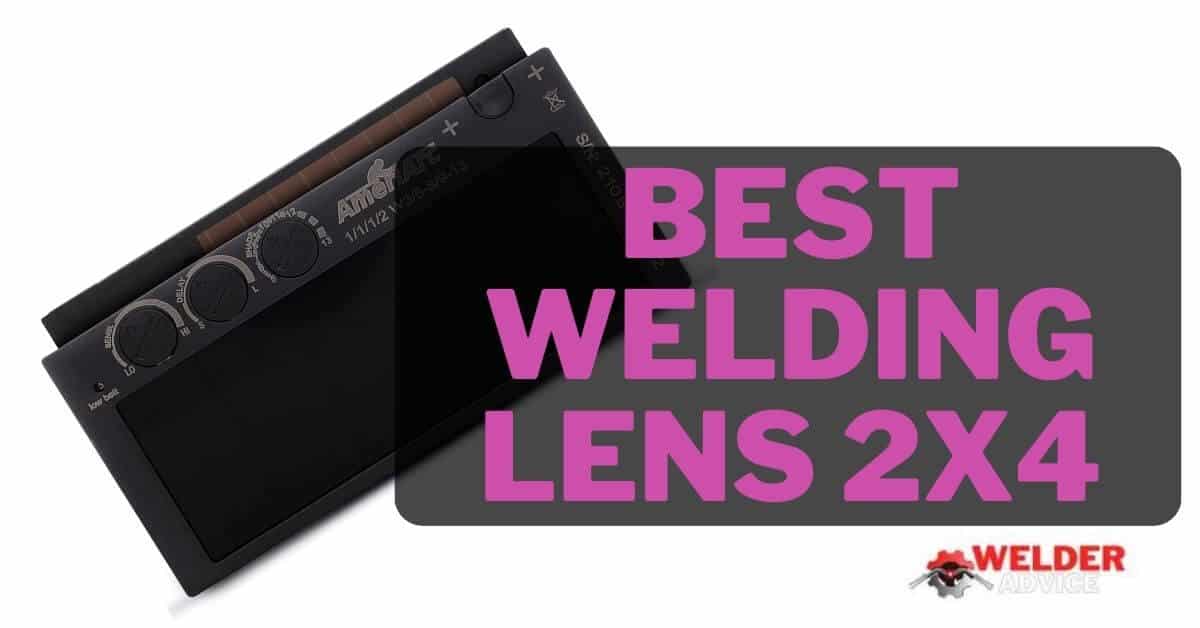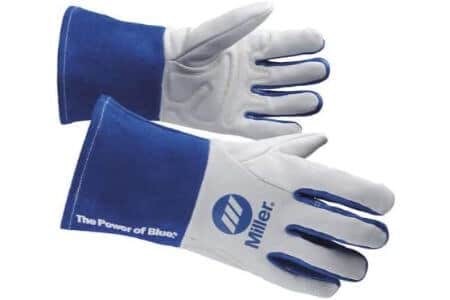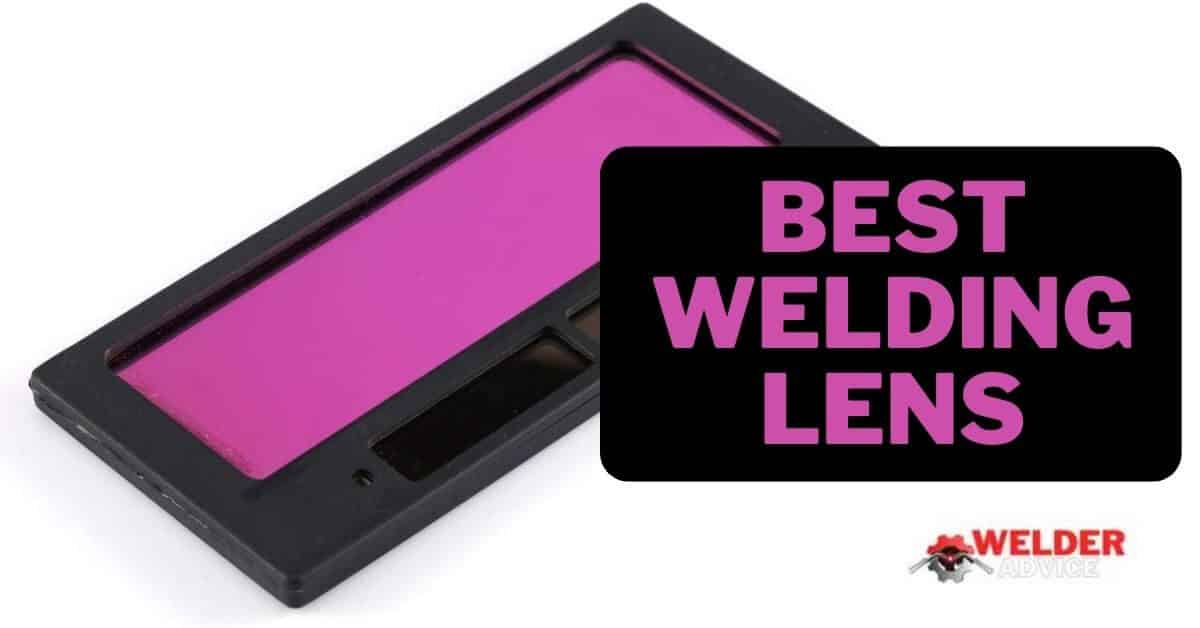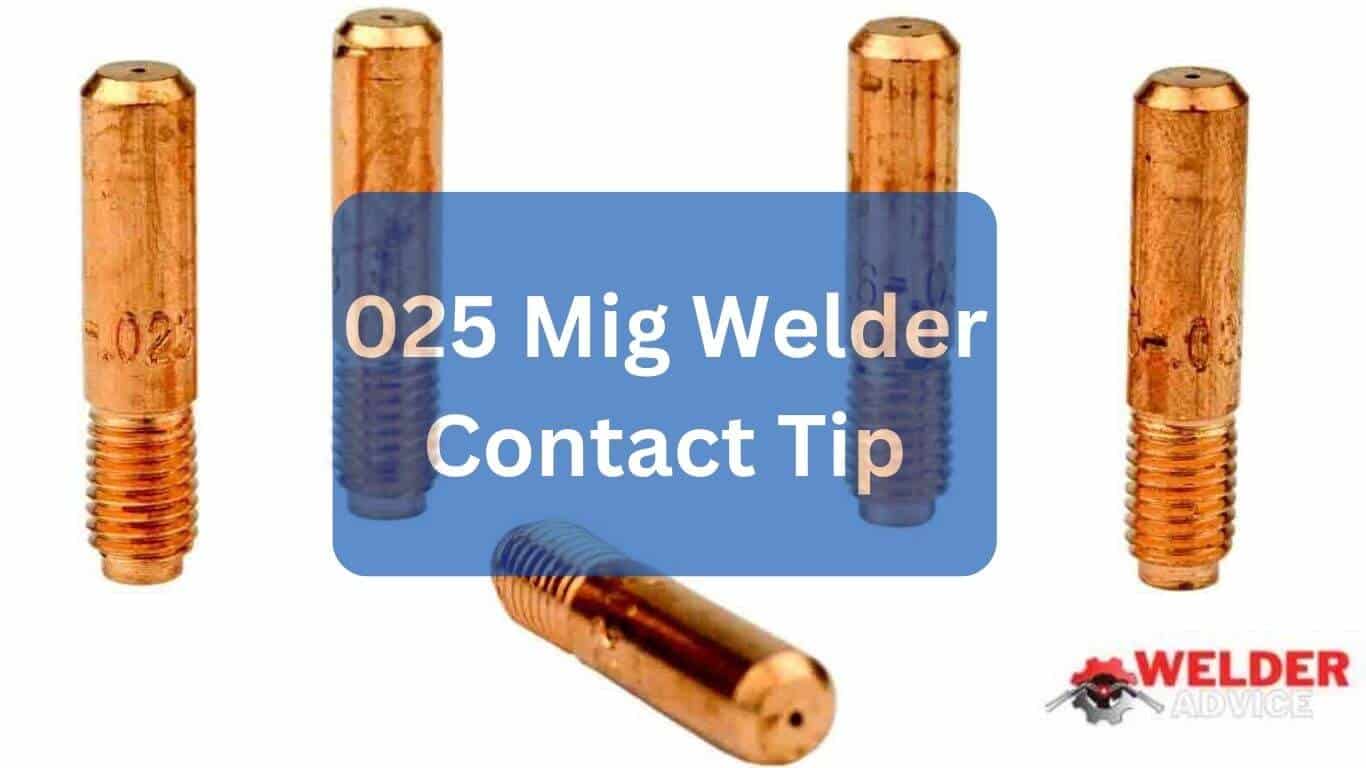How to Wire a 220 Cord-Plug-Outlet for Welder – If you ever started a welding business, you have to think about a 220V outlet for your power supply. But it may not be easy to find how to wire a 220V outlet for a welder. As your need, you can run out of projects on it. For example, how to wire a 220 cord-plug-outlet for a welder.
Materials Needed To Wire A 220 Cord-Plug-Outlet For Welder
To wire a 220 cord-plug-outlet for a welder, you will need the following materials:
- A 220V receptacle
- A 220V plug
- 10-gauge or thicker wire (black, white, green)
- Wire stripper
- Screwdriver
- Electrical tape
How To Wire A 220 Cord-Plug-Outlet For Welder– Step by Step
- Start by turning off the power to the circuit you will be working on.
- Use the wire stripper to strip the insulation off the ends of the black, white, and green wires.
- Connect the black wire to the brass-colored terminal on the receptacle, the white wire to the silver-colored terminal, and the green wire to the green-colored terminal.
- Secure the wires in place by tightening the terminal screws.
- Repeat the same process on the plug side.
- Finally, use electrical tape around all the wire connections to protect them and make sure they are secure.
Only a licensed electrician should wire a 220 cord-plug-outlet for a welder. And to always follow local codes and regulations.
How much amperage can a 220 cord-plug-outlet handle for welders?
The highest amperage a 220 cord-plug-outlet for a welder can handle is 220 amps.
If you’re in the market for a welder, you might wonder what the highest amperage a 220 cord-plug-outlet can handle. The answer is that it depends on the specific model of welder you have. However, most welders will range between 40 and 60 amps.
When choosing a welder, it’s important to consider the amperage range you need. A welder with a lower amperage range will be sufficient if you’re only doing light welding. However, if you’re planning on doing heavier welding, you’ll need a welder with a higher amperage range.
Also Read: Hobart Handler 140 review
What Is The Recommended Size Wire To Use For A 220 Cord-plug-outlet For Welder?
The recommended size wire for a 220 cord-plug-outlet for a welder is #6.
The National Electrical Code (NEC) recommends using a #6 AWG copper wire for a 220-volt welder circuit with a 20-ampere maximum circuit breaker if you’re in the United States. This is the same size wire used for most 240-volt air conditioner and clothes dryer circuits.
If you have a 30-ampere circuit breaker, you can use #8 AWG copper wire, but I’d recommend upgrading the circuit breaker to 20 amperes if you’re using the welder regularly.
If you’re not in the United States, check with your local electrical inspector to see what size wire they recommend for your welder circuit.
How Many Watts Can A 220 Cord-plug-outlet For Welder Handle?
This outlet can handle up to 220 watts.
You might wonder how many watts it can handle if you’re using a 220 cord-plug-outlet for your welder. Here’s a quick rundown of determining the wattage for your particular outlet.
First, you’ll need to find the amperage rating for the outlet. This will be listed on the outlet as either 15 or 20 amps.
Next, you’ll need to multiply the amperage by the voltage. For a standard 120-volt outlet, this would be 15 x 120, or 1800 watts. A 240-volt outlet would be 20 x 240, or 4800 watts.
So, to answer the question, a 220 cord-plug-outlet can handle up to 4800 watts. However, remember that this is the maximum wattage the outlet can handle. If you’re using a welder that draws more than 4800 watts, you’ll need to use a different outlet or risk damaging the outlet or causing a fire.
What Is The Best Way To Wire A 220 Cord-plug-outlet For Welder?
The best way to wire a 220 cord-plug-outlet for a welder is to use two hot wires, a neutral wire, and a ground wire. The hot wires are the live wires and are used to provide power to the welder. The neutral wire returns the unused electricity to the power source. The ground wire is used to ground the welder and prevent electrical shocks.
What Is The Maximum Voltage
220 volts.
If you’re a welder, you know that 220 cord-plug-outlets are an important part of your trade. But what is the maximum voltage that these outlets can handle?
Here’s a quick rundown: 220 cord-plug-outlets can handle a maximum voltage of 240 volts. If you’re welding with a 220-volt welder, you can safely plug it into a 220 cord-plug-outlet.
However, if you’re using a higher-voltage welder, you’ll need to use a different outlet. For example, if you’re using a 500-volt welder, you’ll need to use a 500-volt outlet.
So, there you have it! The maximum voltage that a 220 cord-plug-outlet can handle is 240 volts. Keep this in mind the next time you’re welding with your 220-volt welder.
What is the difference Between A 220 Cord-plug-outlet & A Standard 220 Outlet?
A 220-cord plug outlet for a welder is a three-pronged outlet specifically designed to be used with a welder. A standard 220 outlet is a three-pronged outlet that can be used for various purposes but is not specifically designed for use with a welder.
What Are The Requirements
The requirements for a 220 cord-plug-outlet for a welder are:
1) The outlet must be a 220-volt outlet.
2) The outlet must be able to handle the welder’s amperage.
3) The outlet must be properly grounded.
FAQs
What Is The Minimum Wire Size Required For A 220 Cord-plug-outlet For Welder?
The minimum wire size for a 220 cord-plug-outlet for a welder is 10 gauge.
Are you now clear on how to wire a 220 Cord-Plug-Outlet for Welder? If you have any questions, please feel free to comment below. Wiring a 220 Cord-Plug-Outlet for Welder is a relatively easy job. I have put together step-by-step instructions on how to wire 220 outlets. If you successfully follow the instructions to wire 220 outlets, you should have no problems. Please remember to be safe when working with electrical wiring.

